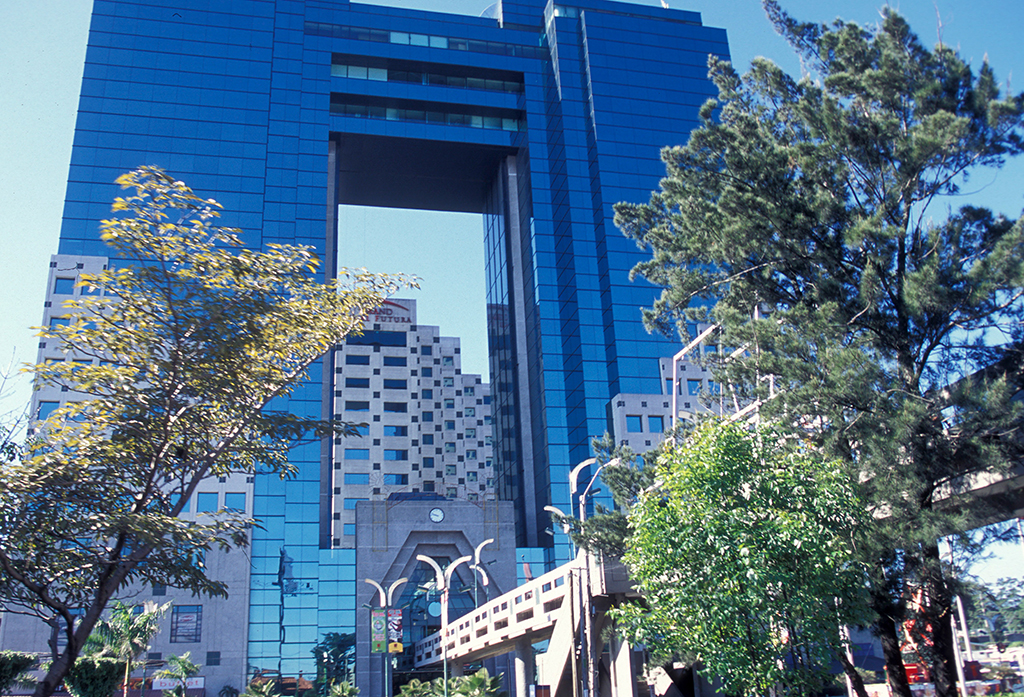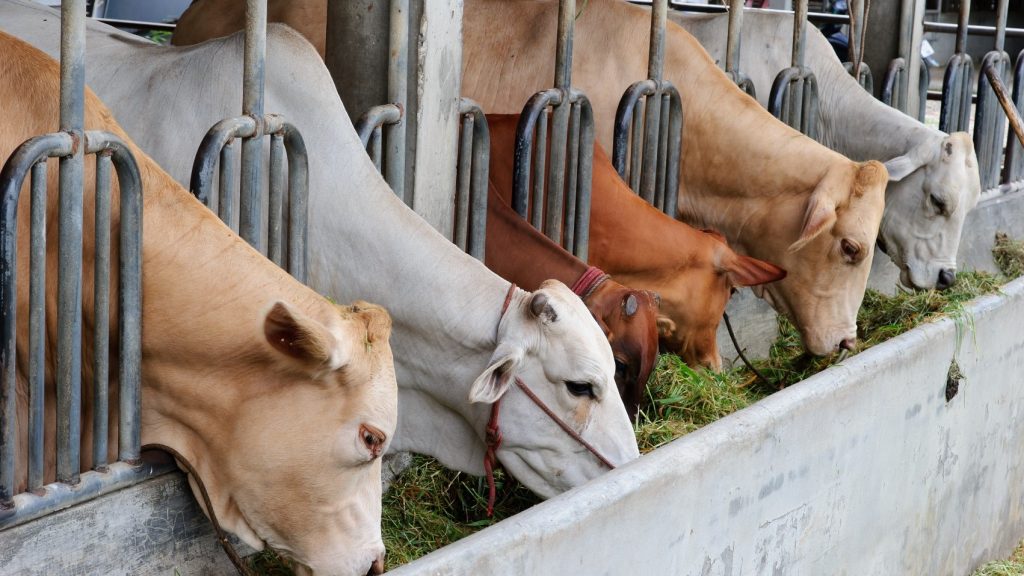
Guatemala
Bordering Mexico, Belize, Honduras and El Salvador, Guatemala is the largest and most heavily-populated state in Central America.
The Peace Accords of 1996 brought an end to three decades of civil war, prompting a surge in foreign investment. Peace has allowed the government to introduce reforms aimed at stabilising the economy. Tax structures have been overhauled, and Guatemala’s trade regime has been liberalised.
Agriculture has declined in importance in recent years. Coffee, bananas and sugar remain staples of the country’s economy, however, other important exports include petroleum and clothing. Guatemala benefits from the United States’ Caribbean Basin Trade and Partnership Act (CBTPA), and has access to the United States’ Generalized System of Preferences (GSP)
Migration is integral to Guatemalan economy, and Guatemala is the largest receiver of remittances in the region. The bulk of Guatemala’s large diaspora lives in the United States.
The country’s economy is dominated by its private sector, which is responsible for around 85% of GDP. Outside of a few large institutions, government involvement in industry is limited to utilities, though many – notably the electricity and telephone companies – are in private hands.
There is tremendous potential for the expansion of Guatemala’s tourist industry. The heartland of the Mayan Empire, Guatemala offers visitors fascinating history, a warm climate and some of the most beautiful landscapes in Central America.
With one of the country’s leading names in the areas of external audit, management consulting and tax and financial advice, HLB can offer clients expert service in Guatemala.
Featured insights
Latest insights, case studies and news from across the network







